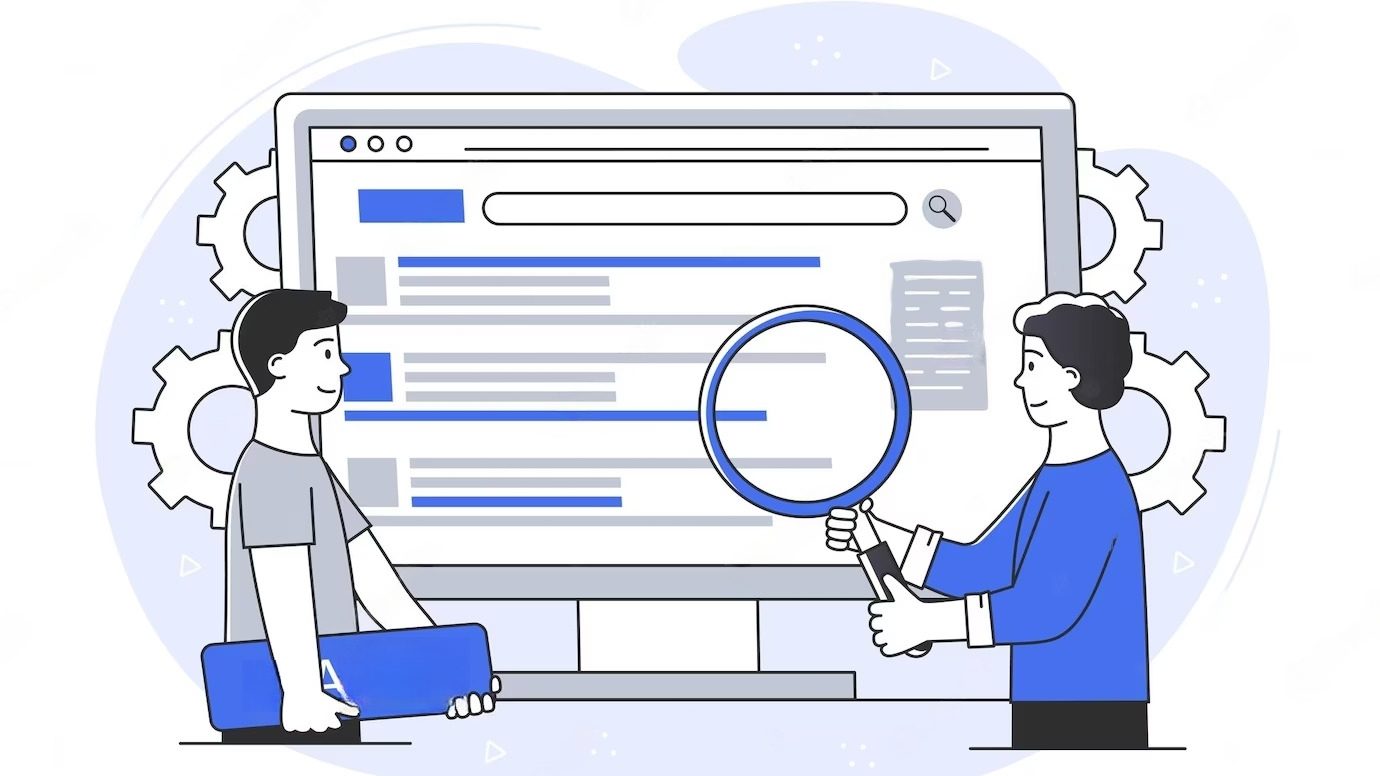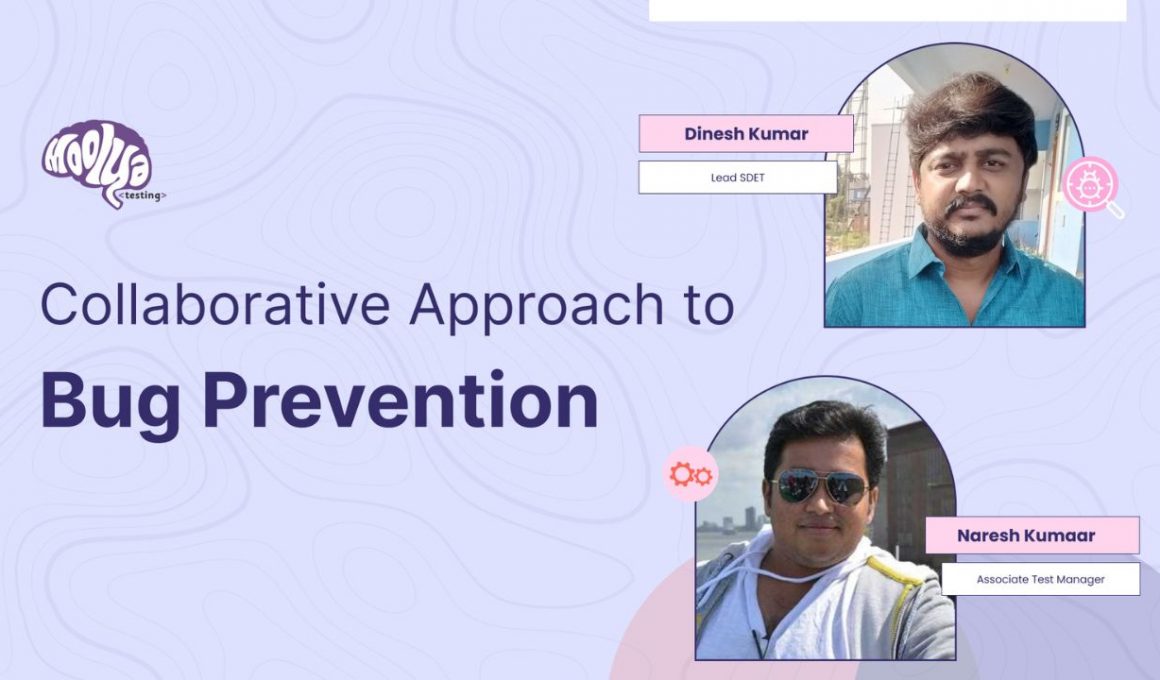Bugs in software applications can have a significant impact on the quality, reliability, and user experience of the software.
Therefore, it’s crucial for software testers to adopt proactive measures to prevent bugs from occurring.
Preventing software bugs is a critical aspect of the software development process. While it’s challenging to completely eliminate bugs (Bugs are inevitable !)
One effective approach is to foster collaboration between testers, developers, and business analysts, and leverage techniques such as pair analysis
Understanding the Importance of Collaboration
We all understand that collaboration is the fundamental aspect of human interaction. So it necessarily involves a group of individuals working towards a common goal, sharing ideas, resources, and responsibilities to achieve an objective.
Hence the importance of collaboration can be understood from several perspectives, in sort we call it as MARS-PIECES
- Motivation and Engagement: Evokes a sense of motivation within the individuals as one feels valued as they are resulting in outcomes.
- Adaptability and Flexibility: Helps to acclimate yourself with the new environment quite quickly.
- Relationships: Builds trust and respect.
- Synergy of Ideas: Collaboration of People with different backgrounds/expertise offer more innovative solutions.
- Personal Growth and Learning: Give and Take, fosters a culture of continuous learning and adaptability.
- Innovation and Growth: Historically many groundbreaking innovations and discoveries had been made when people worked in a group. It’s no different now.
- Enhanced Problem-Solving: Possess more collective knowledge & skills to more effective problem solving.
- Conflict Resolution: Common goal: the process of effective resolution is always in place.
- Efficiency and Productivity: Divide and conquer.
- Strong Communication: Sharing information and feedback.
Not only with testers, but collaboration with dev teams, business analysts, and even members of other teams can boost the rate of success of your product.
The idea behind collaboration is to increase our radar and scope of identifying the bugs. The more we work together as a team the chances of preventing contextual bugs increases. And that’s the basic advantage of collaboration and working in a team.
Adopting Pair Analysis Technique

Pair analysis is a collaborative technique where you involve two or more individuals working together to analyze a particular subject matter. So this method can be used in different contexts like problem solving, decision making, evaluating options, or analyzing data.
Here is the list of pair analysis techniques that we generally follow:
- Select the Pair: The idea is to select the pair you’re comfortable with. Could be someone from the product team, dev team, or business analyst in order to participate in the analysis. It’s vital to have people from various backgrounds and expertise to gain more insights during the analysis.
- Define the Objective: You need to identify one specific topic or problem to analyze at a given time. So it is essential that you define the objective of this pair analysis testing at its onset. This is applicable more specifically on the story level.
- Gather Relevant Information: This involves the process of conducting research and gathering relevant information on the story.
- Set Up the Analysis Environment: For setting up the analysis environment you might need a face-to-face interaction with your pair either in the physical or virtual space.
- Identify Strengths: It is important to understand the respective strengths and prowess of each individual in the pair. Then based on this identification you must assign responsibilities and take ownership.
- Start the Analysis: Once you’ve done that you can finally start the analysis and encourage open communication and exchange of ideas.
- Question and Challenge: During the analysis it is essential to ask relevant questions and challenge ideas based on the context understanding of the story. These questions help in the identification of potential flaws and gaps in the analysis.
- Create a Balanced Perspective: Ensure that the analysis is as objective as possible without any pre-existing biases.
- Record the Findings: Documenting your findings and analysis is also quite vital as it will provide the basis of further evaluation in the future of the project.
- Review and Reflect: Once you’re done with the analysis you should take some time to review and reflect on the findings. This will enable you to identify the areas of improvement for the next pair analysis technique.
- Implement the Insights: If your analysis yields actionable insights then you must make sure to implement them. Try and implement the findings often so that the team doesn’t become comfortable with just the status quo. Try and casket down the pair analysis technique to the other teams so that they can also apply the same.
- Share the Results: Share the results of your pair analysis technique with the relevant stakeholders or the wider team with relevant recommendations and action points.

In an ideal agile environment you wouldn’t need to adopt pair analysis techniques. However, that’s not the reality. Cause we don’t have enough data from the user stories.
That’s why it is pivotal for us, testers to have a clear understanding of the user story without any assumptions. That’s why it becomes important to adopt the pair analysis techniques. And it’s not necessary to conduct pair analysis techniques for each and every user story but instead we must identify when and where to implement them.
It’s vital to understand the context here because it paves way for understanding the correct meaning. This is exactly where pair analysis techniques become crucial to leverage from the collective intelligence and knowledge of the pair.
- Helps identify :
- Ambiguities
- Inconsistencies
- Gaps in requirements or Design
- Enables quick issue identification and resolution by combining technical expertise, testing insights, and business domain knowledge
- Uncover the edge cases and outliers
- Impromptu features of the requirements.
Leveraging Developer Expertise
Asking the right questions to the right people and at the right time will always prevent bugs. In this regard, interacting with the developer and working as a team often helps the cause.
It is always a good practice to be in constant interaction with the developers asking them to give you a walkthrough of complex stories which need their assistance.
In this way, many potential bugs can be prevented which otherwise wouldn’t even be considered. Because this kind of inside logic can only be obtained from a developer with their knowledge about the architecture, backend and the environment in which they are working.
Engaging Business Analysts
Getting in touch with the developers is essential. But when it comes to the BA’s (Business Analysts) the challenge becomes really steep. This is where the element of ‘trust’ comes in. As a tester you need to offer some kind of trust with the amount of coverage or the nature of testing you’re doing from your end. Only then you can build a rapport with the BA.
- Leverage BAs’ insights for testing from the end-user’s perspective
- Utilize BA’s business domain knowledge to design relevant test scenarios
- Gain a deep understanding of project requirements
As testers we might test various stories but it’s the BA who has the entire vision of the product. By gaining their insight we would not only be able to prevent contextual bugs but also make relevant business impact.
Collective Bug Mitigation Strategy
When it comes to collaborative approaches there are definitely certain kinds of bugs that we normally prevent. Most of these are related to the business context and user requirement. Discussions on coding related bugs also emerge since we involve the dev teams too.
Kind of bugs which we prevented
- Requirements-related bugs
- Design-related bugs
- Coding-related bugs
- Business context-related bugs
Though we cannot attach a number to the bugs we have prevented, it doesn’t mean that it didn’t help the customers realize some positive business impacts.
How did the prevention help customers?
- Customer’s Business
- Cost and time savings
- Enhanced user experience
Key Takeaways

- The benefits of adopting a collaborative approach to bug prevention through pair analysis and collaboration with developers and business analysts.
- How collaboration can help in identifying potential issues early in the development process
- Gain insights into the positive impacts of bug prevention on the customer’s business, including
- Cost and time savings
- Improved user experience
- Increased user satisfaction
Stay ahead of the competition by taking action today and improve your bug prevention efforts.
Click here to explore how Moolya’s collaborative solutions can save your time and resources and add value to your business
7